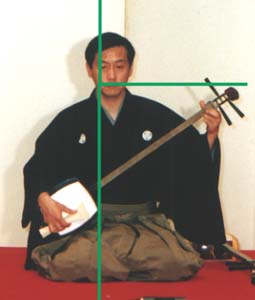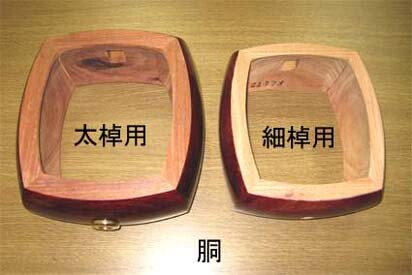Hi there, welcome.
Neck dive means that the instrument feels top heavy, right? I’ve never really noticed that on shamisen to be honest. A few have felt bottom heavy - but perhaps I’ve just been lucky in the instruments I’ve played on.
In any case, I have some thoughts, though no hard answers:
The current vogue is to use a kind of wood called karin (花梨) in Japan. While this is occasionally translated as quince, this is a different wood from the fruit bearing tree.
Consider the following link
And cross reference here
The neck, which pierces completely through the body, is most commonly made from karin, shitan, or kouki. But other woods are in use as well (a non-exhaustive list includes: maple, japanese oak, snake wood, purpleheart, and satinwood).
Remember that a shamisen is not held perpendicular to the body, but is instead angled upwards. It is further stabilized by a gripping pad place between the hip and body of the instrument.

A shamisen’s body is also, frankly, rather hefty.

Pulling a quick search at random might show you an example like this:
“棹だけの重さなんと1350グラム。 胴は1720グラムです。”
“The neck alone is about 1350g, the dou is 1720g”
This a kouki and karin standard shamisen (5分大). The itomaki are not included in the weight.
http://www.wagakki.com/product_info.php?products_id=54
Finally, there is a tendency to match bigger necks with bigger bodies. This is partly for genre expectations, but also more generally to help manage the instrument’s balance.


